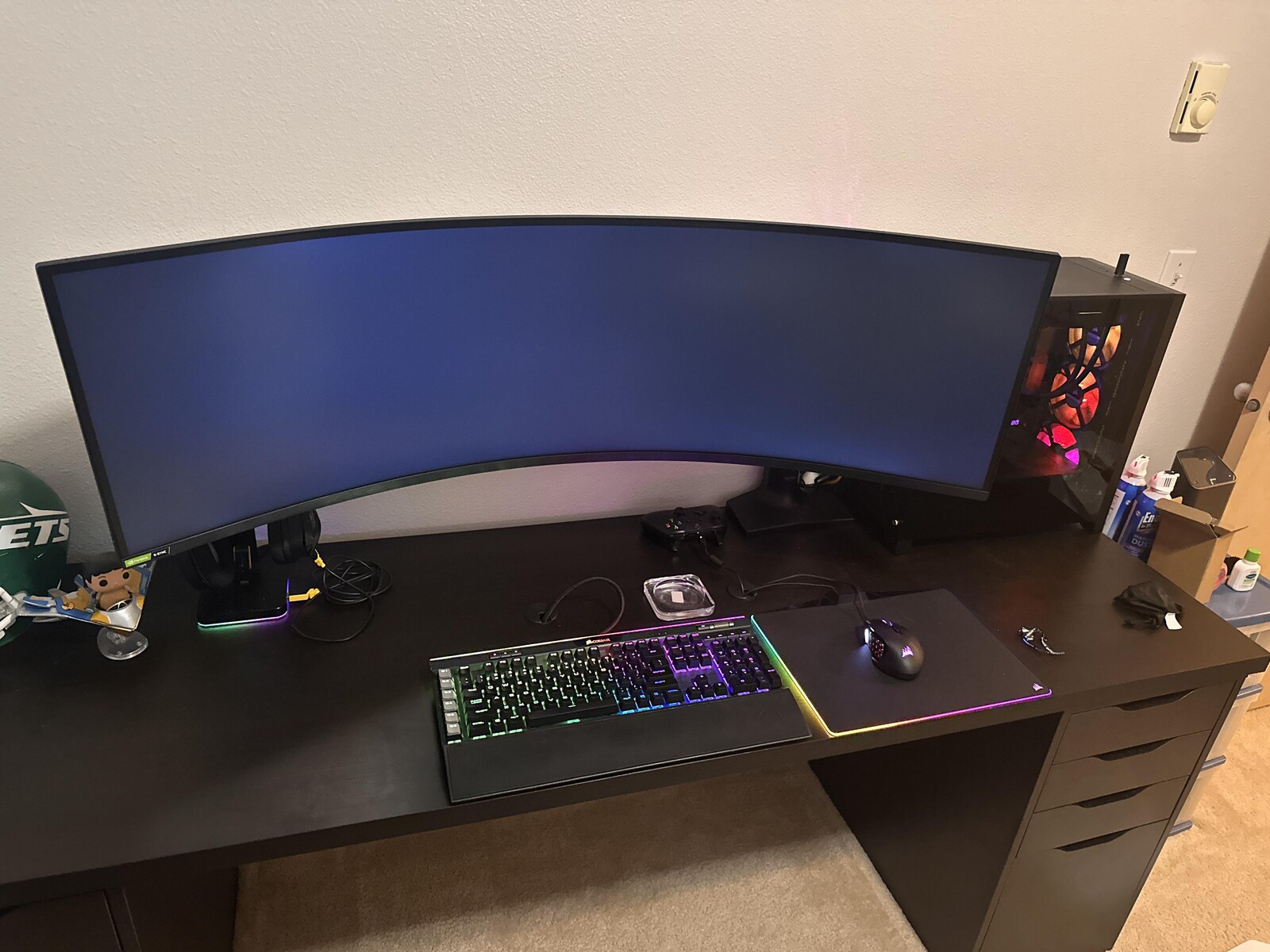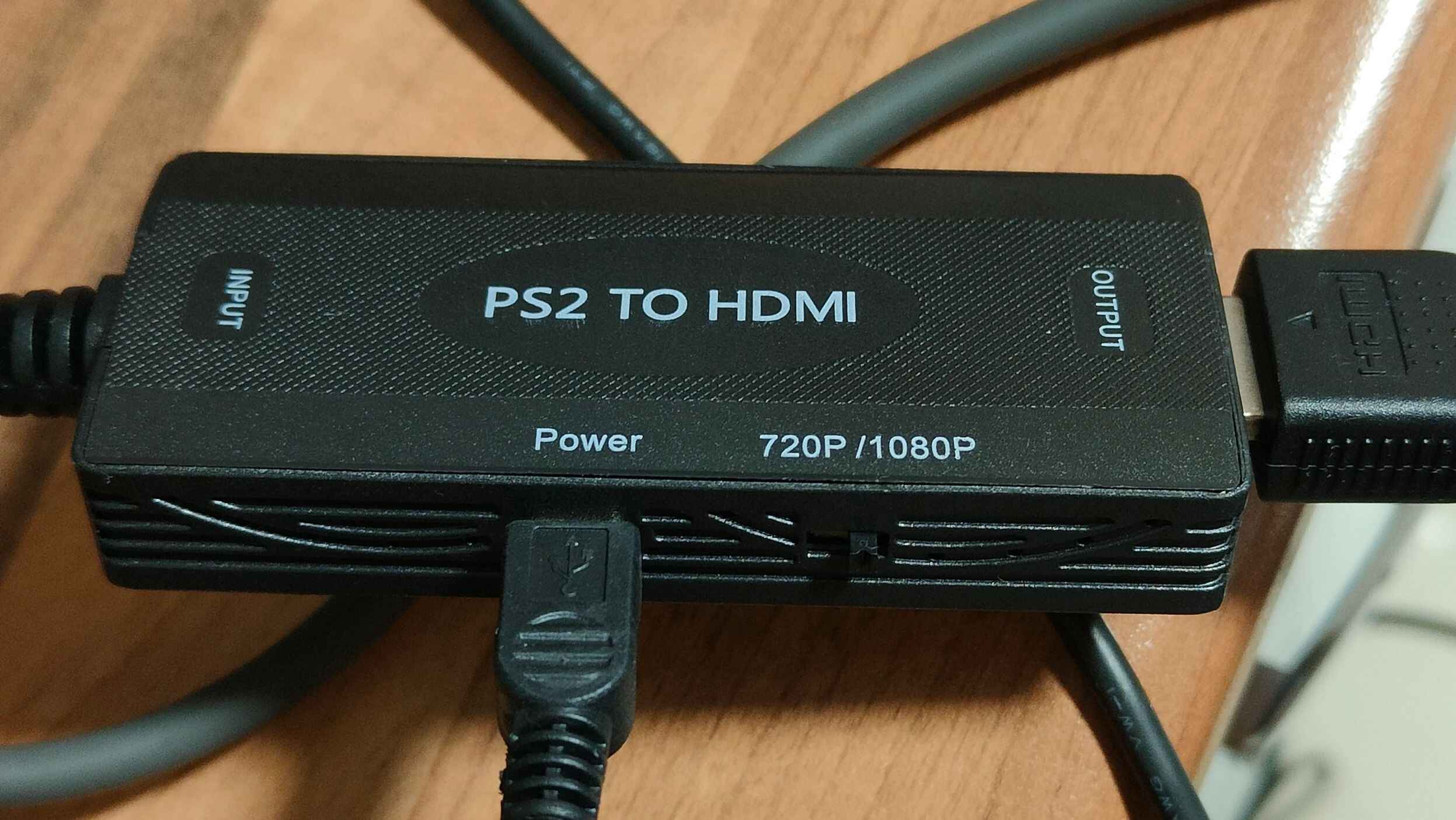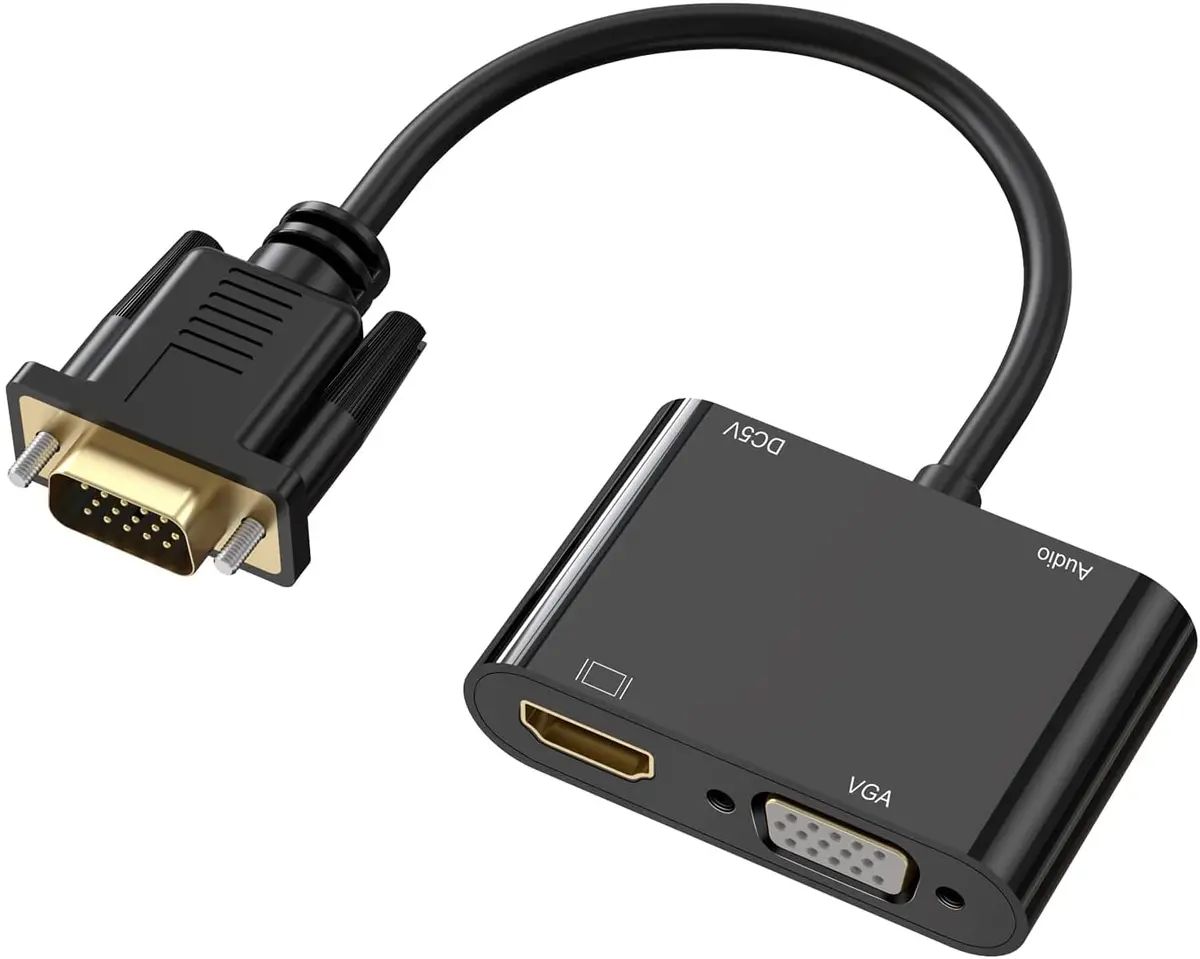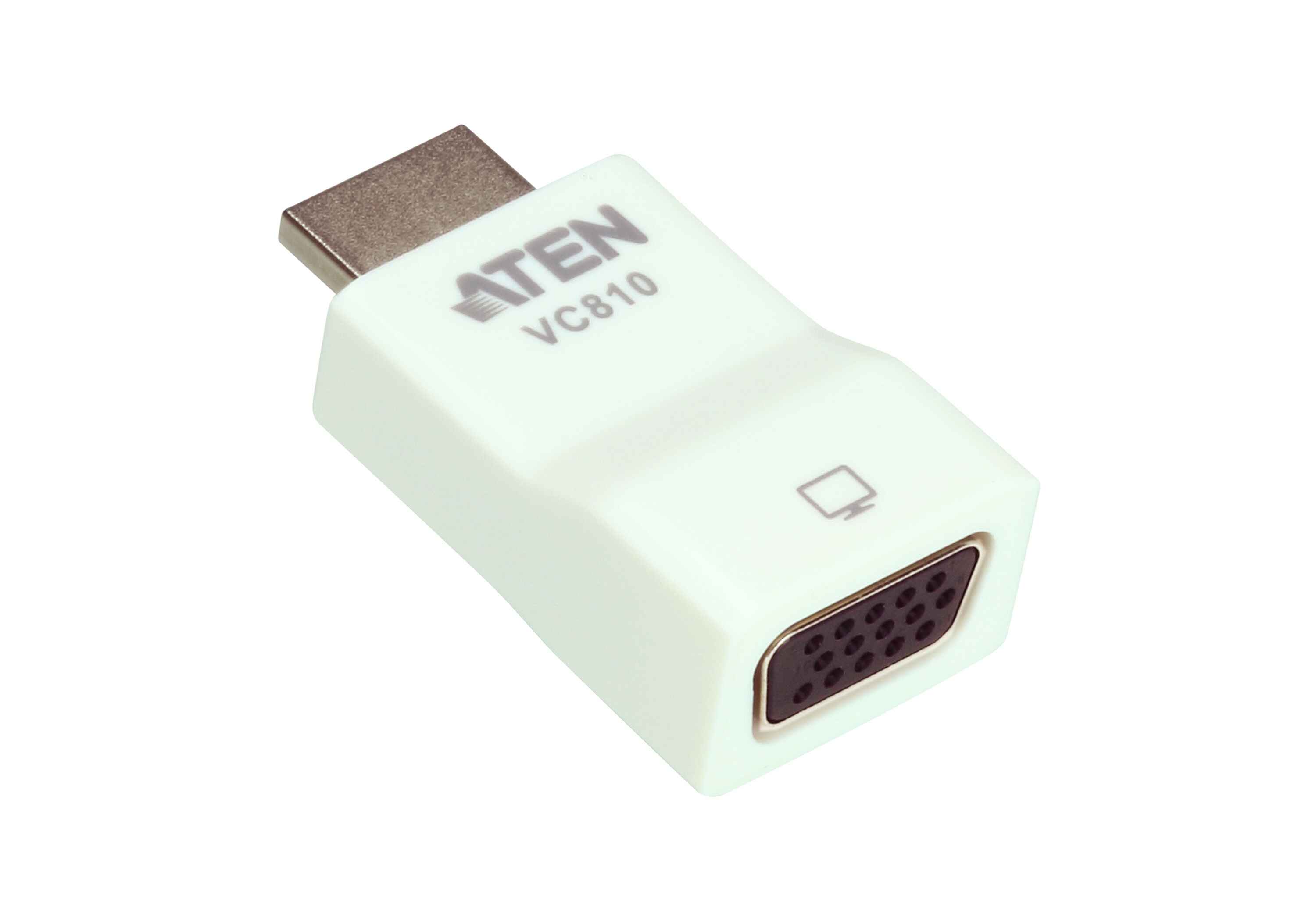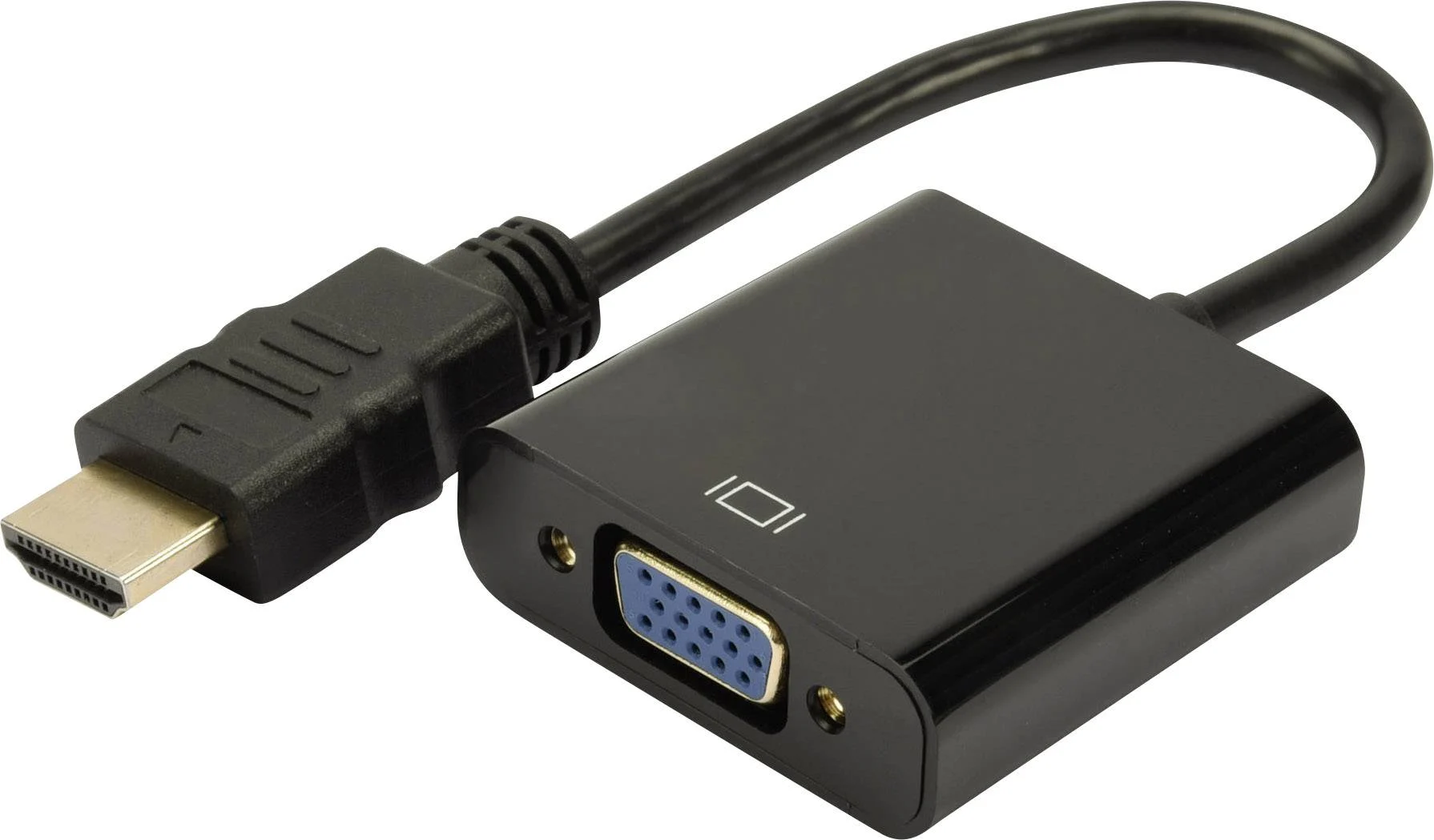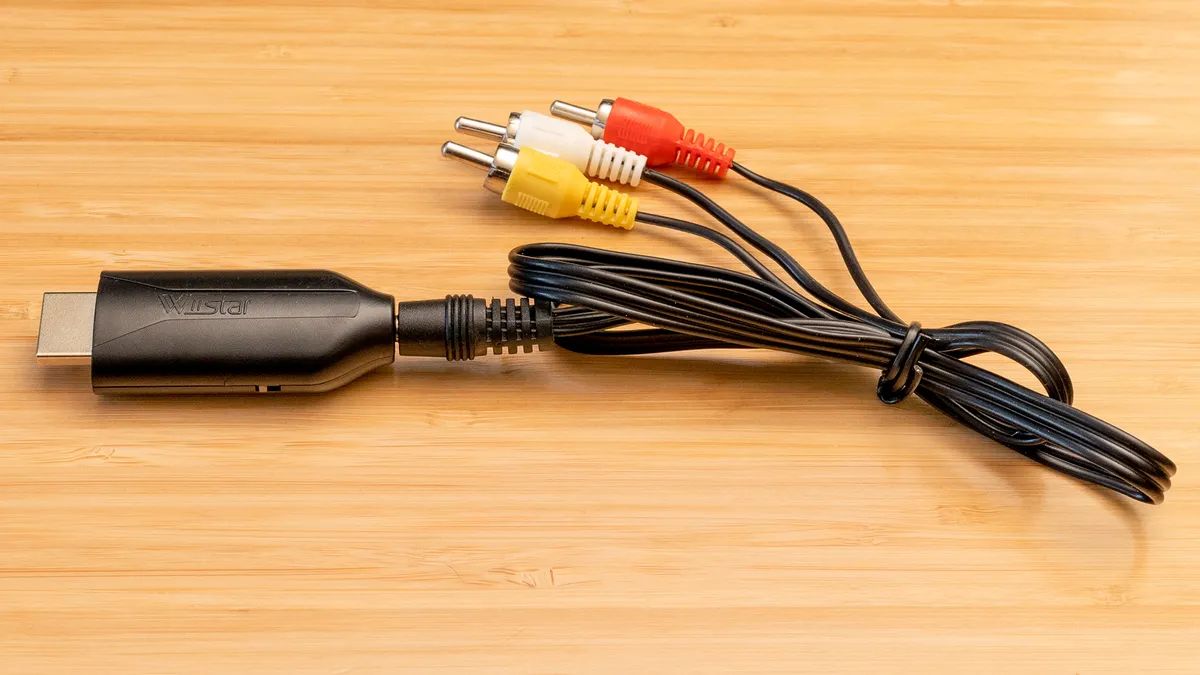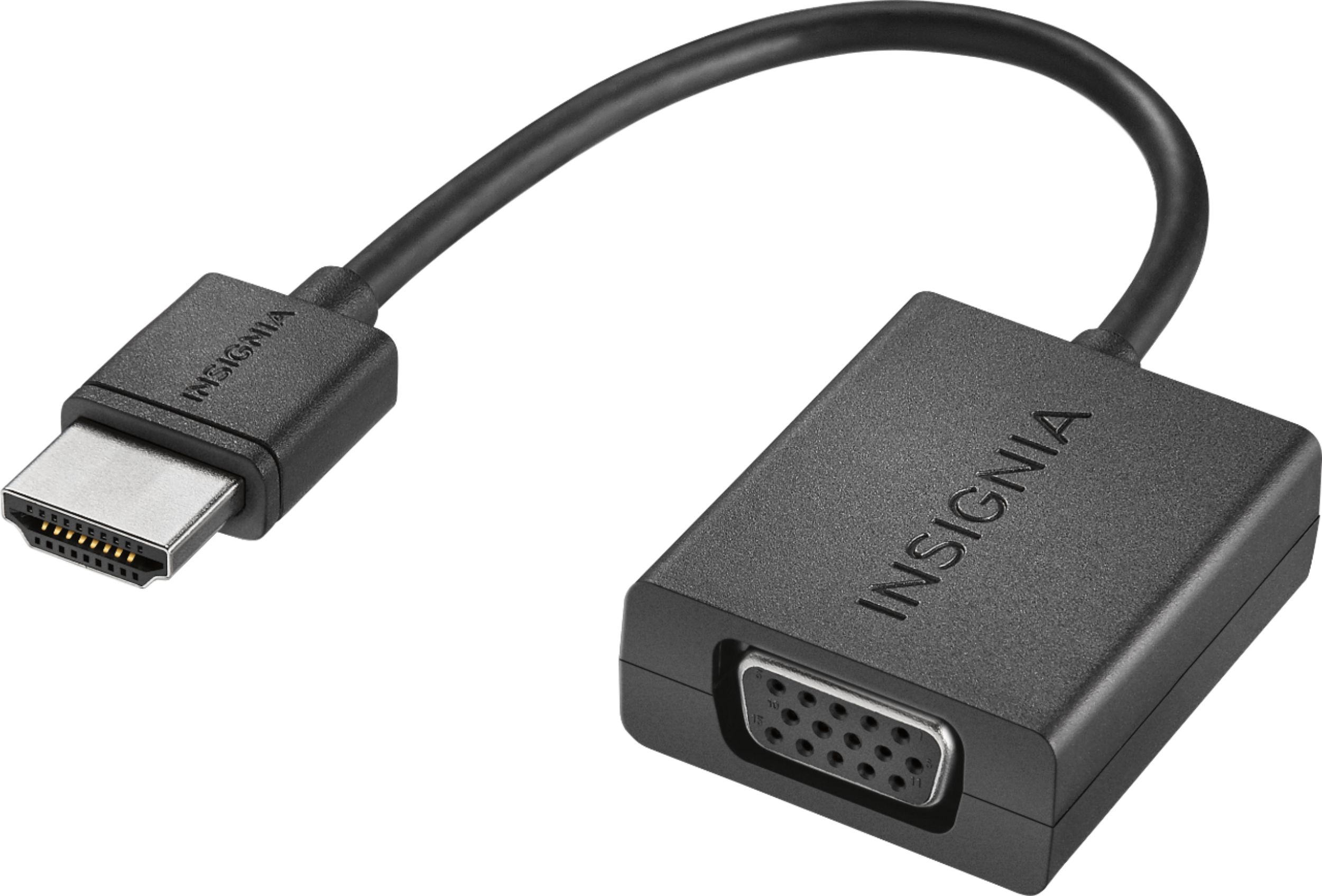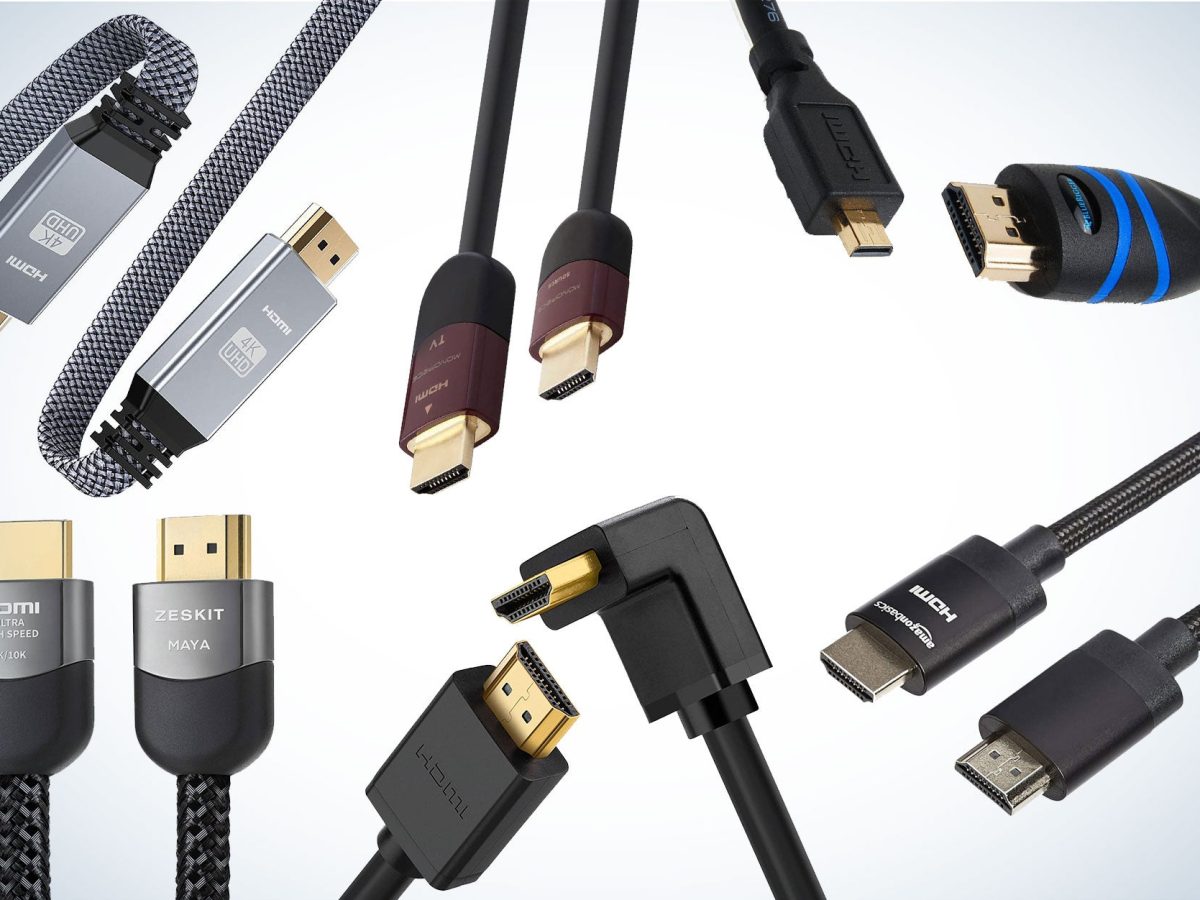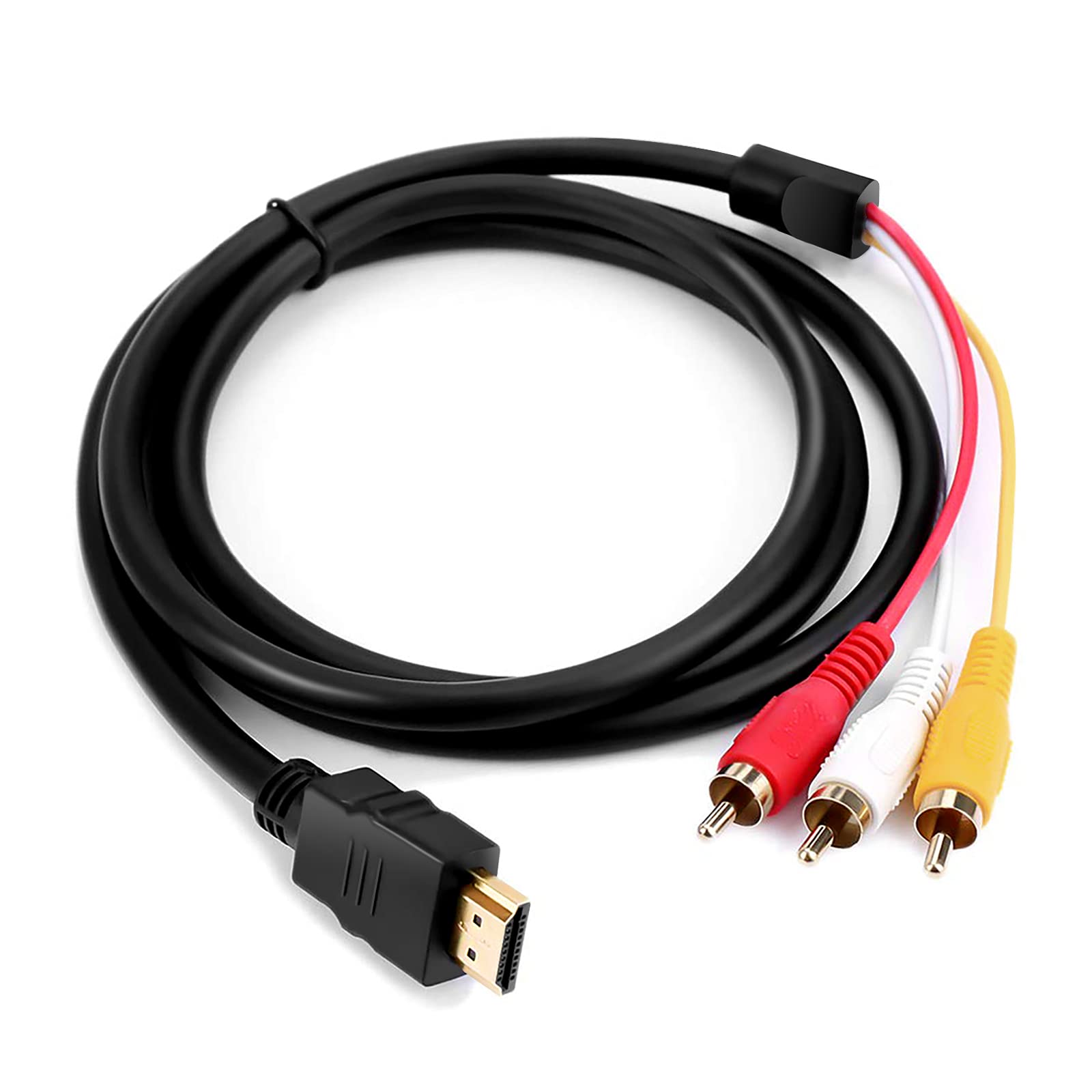Introduction
There’s nothing quite as disappointing as being all geared up for an intense gaming session, only to find that when you plug in your gaming monitor, there’s no signal. This frustrating issue can leave you feeling stuck and unable to enjoy your favorite games.
The absence of a signal on your gaming monitor can stem from various factors, such as incorrect connections, display settings, outdated graphics drivers, or even hardware malfunctions. In this article, we will explore the common causes of a “no signal” error and provide you with troubleshooting steps to help resolve the issue.
Before we delve into the potential solutions, it’s important to note that these steps are general guidelines and may vary depending on your specific monitor model and setup. Always refer to your monitor’s user manual or consult with the manufacturer’s support if you encounter any difficulties.
Now, let’s dive into the steps to troubleshoot why your gaming monitor is displaying no signal.
Understanding the Issue
When you encounter a “no signal” error on your gaming monitor, it is crucial to understand the possible causes behind this issue. By understanding the underlying factors, you can effectively troubleshoot and resolve the problem.
The most common reason for a “no signal” error is an incorrect connection between your gaming monitor and the graphics card or console. The cable may not be securely plugged in, or it could be damaged. Additionally, using the wrong cable type or an incompatible adapter can also result in a lack of signal.
Another factor to consider is your display settings. Your monitor may be set to a resolution or refresh rate that is not supported by your graphics card or console. This mismatch can cause the monitor to display no signal. It’s important to ensure that the display settings are configured properly on both the monitor and the graphics card/device.
Outdated or faulty graphics drivers can also contribute to this problem. If your graphics drivers are not up to date, they may not recognize or properly communicate with your gaming monitor, resulting in a lack of signal. Keeping your graphics drivers updated can help prevent compatibility issues and improve overall performance.
In some cases, the no signal error may be caused by hardware malfunctions. A faulty graphics card or a defective monitor can prevent the signal from being transmitted correctly. While hardware issues are less common, it is worth checking for any visible damages or abnormalities in both the graphics card and the monitor.
By understanding the potential causes of the “no signal” error, you can narrow down the troubleshooting steps and increase the likelihood of resolving the issue quickly. Now let’s move on to the next section, where we will check the connections between your gaming monitor and the graphics card or console.
Check the Connections
The first step in troubleshooting the “no signal” issue on your gaming monitor is to check the connections between your monitor and the graphics card or console. Ensure that everything is properly connected and secure.
Start by examining the cables. Check if the cables are firmly plugged into both the monitor and the graphics card/console. Sometimes, a loose connection can result in no signal. If the cables are not fully inserted, push them in gently until you feel them click into place.
Inspect the cables for any visible damage such as frayed or broken wires. If you notice any damage, it may be necessary to replace the cables. A damaged cable can cause signal loss and lead to the “no signal” error.
It’s also important to verify that you are using the correct cable type for your setup. Different monitors and devices may require specific cable types, such as HDMI, DisplayPort, DVI, or VGA. Using the wrong cable type can result in a lack of signal. Refer to your monitor’s user manual and the documentation of your graphics card or console to ensure compatibility.
If you are using any adapters or converters to connect your monitor to the graphics card/console, check if they are working properly. Inadequate or faulty adapters can also cause signal issues. Try replacing the adapter with a known working one to see if it resolves the problem.
Once you have checked the connections and ensured that everything is secure, power on your gaming monitor and observe if the “no signal” error persists. If the issue is still unresolved, proceed to the next section for adjusting your display settings.
Adjusting Display Settings
If you’ve confirmed that the connections between your gaming monitor and the graphics card or console are secure and the “no signal” issue persists, it’s time to check and adjust your display settings.
Start by turning on your gaming monitor and accessing the on-screen display (OSD) menu. The OSD menu allows you to make changes to various display settings such as resolution, refresh rate, and input source selection.
Check the resolution settings on both your monitor and your graphics card or console. Make sure they are set to a value that is supported by your monitor. Using a resolution that is beyond the capabilities of your monitor can cause a lack of signal. Select a resolution that matches the native resolution of your monitor or a resolution that is supported by both your monitor and graphics card or console.
Similarly, verify that the refresh rate setting is compatible and consistent between your monitor and graphics card/console. A mismatched refresh rate can result in a no signal error. Set the refresh rate to a value that is supported by both your monitor and graphics card/console.
In the OSD menu, also confirm that the input source is correctly selected. If you have multiple input connections available on your monitor, ensure that the input source matches the cable connection between your monitor and graphics card/console. For example, if you’re using an HDMI cable, select the HDMI input source.
Save any changes made in the OSD menu and restart your computer or console. Allow sufficient time for the system to boot up fully and check if the “no signal” error is resolved.
If adjusting the display settings does not resolve the issue, proceed to the next section to explore updating the graphics drivers.
Updating Graphics Drivers
If you’re still encountering the “no signal” error on your gaming monitor after checking the connections and adjusting the display settings, it may be necessary to update your graphics drivers.
Outdated or incompatible graphics drivers can cause communication issues between your graphics card and the monitor, leading to a lack of signal. To resolve this, follow these steps:
1. Identify your graphics card manufacturer and model. You can usually find this information in your computer’s Device Manager or by visiting the manufacturer’s website.
2. Visit the official website of your graphics card manufacturer and navigate to the Support or Drivers section.
3. Locate the appropriate drivers for your specific graphics card model and download the latest version compatible with your operating system.
4. Run the downloaded driver installer and follow the on-screen instructions to complete the installation process. Be sure to select the clean installation option if prompted.
5. After the installation is complete, restart your computer to apply the driver updates.
Once your computer has rebooted, check if the “no signal” error is resolved. If the issue persists, try connecting your gaming monitor to a different computer or console to determine if the problem lies with the monitor or the graphics card.
If updating the graphics drivers does not solve the problem, continue to the next section to troubleshoot potential hardware issues that may be causing the lack of signal.
Troubleshooting Hardware Issues
If you’ve followed the previous steps and are still experiencing a “no signal” error on your gaming monitor, it’s time to investigate potential hardware issues. Hardware problems can range from a faulty graphics card to a defective monitor. Here are some steps to troubleshoot hardware issues:
1. Check the connections again: Ensure that all cables are securely plugged into both the gaming monitor and the graphics card/console. Double-check for any loose connections or damaged cables.
2. Test with a different cable: If possible, try using a different cable to connect your monitor to the graphics card/console. A damaged or incompatible cable may be the cause of the no signal error.
3. Test with a different port: If your gaming monitor has multiple input ports (e.g., HDMI, DisplayPort), try connecting it to a different port on the graphics card/console. Sometimes, a specific port on the graphics card may be causing the issue.
4. Test with a different monitor: If you have access to another monitor, connect it to your graphics card/console and check if it receives a signal. If the second monitor works, it indicates a potential problem with your original monitor.
5. Test with a different graphics card/console: If possible, try using a different graphics card or console with your gaming monitor. If the second graphics card/console works with the monitor, it suggests a possible problem with your original graphics card or console.
6. Contact technical support: If none of the troubleshooting steps have resolved the issue, it may be time to seek further assistance. Reach out to the technical support of your monitor manufacturer or the graphics card/console manufacturer to explain the problem and discuss possible solutions.
By troubleshooting potential hardware issues, you can identify the source of the “no signal” error and take appropriate steps to resolve it. Remember to document any steps you have taken and provide accurate information when contacting technical support.
Conclusion
Encountering a “no signal” error on your gaming monitor can be frustrating, but by following the troubleshooting steps outlined in this article, you can often resolve the issue and get back to enjoying your games.
Begin by checking the connections between your gaming monitor and the graphics card or console. Ensure that the cables are securely plugged in and that you are using the correct cable type for your setup. If necessary, replace any damaged cables or adapters.
Next, adjust the display settings on your monitor and graphics card/console. Confirm that the resolution, refresh rate, and input source are correctly configured, matching the capabilities of your monitor and graphics card/console.
If the “no signal” error persists, consider updating your graphics drivers. Outdated or incompatible drivers can cause communication issues between your graphics card and the monitor. Download and install the latest drivers from the official website of your graphics card manufacturer.
If the problem still persists, potential hardware issues may be the cause. Check the connections and try different cables or ports. If possible, test your monitor and graphics card/console with different devices to identify any malfunctioning components.
If all else fails, reach out to the technical support of your monitor manufacturer or graphics card/console manufacturer for further assistance.
Remember to follow the troubleshooting steps carefully, consult the user manual for your specific monitor model, and seek professional help if needed. With a systematic approach, you can often diagnose and resolve the “no signal” issue, allowing you to get back to your gaming adventures without interruption.







